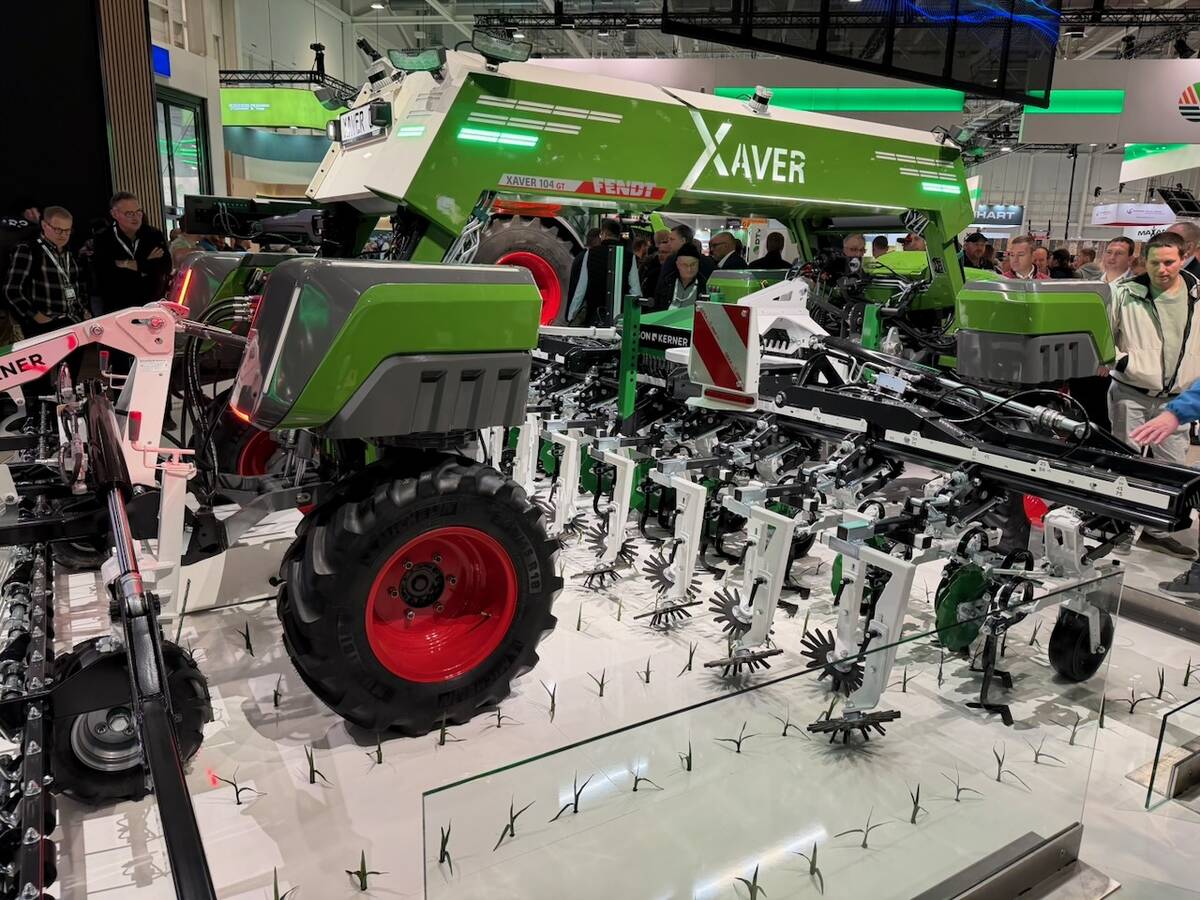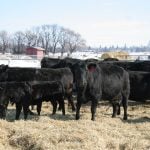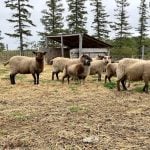Prices as high as $22,000 an acre in Iowa | Correction expected as commodity prices soften
NASHVILLE, Tenn. — Land prices jumped last year in the U.S. Great Plains, playing catch-up to soaring Midwest farm values.
Prices for farmland in Kansas, Nebraska, the Dakotas and Minnesota increased by 25 percent year over year, according to the Federal Reserve Bank of Kansas City in its February land price review.
The organization surveyed 253 bankers in the region and credits the strongest grain prices and widest operating margins in decades for the price run-up as producers used profits to buy land.
At the same time, non-farm investors are dropping from the buying pool, which is getting too rich for many speculators and investors, the bank said.
Read Also

VIDEO: Agritechnica Day 4: Robots and more robots, Nexat loves Canada and the trouble with tariffs
Agritechnica Day 4: Robots and more robots, Nexat loves Canada and the trouble with tariffs.
Shawn Smeins, lending manager for Rabo Agrifinance, the agricultural division of Rabobank, said U.S. Midwest prices in many cases exceed what might normally be supported by agricultural production as farmers use existing land and operations to subsidize new land acquisitions.
Those sales and prolonged high commodity prices are influencing farmland prices across North America, he added.
Iowa and Illinois have seen historically high prices paid for farmland, with more than $15,000 per acre becoming commonplace.
“$22,000 an acre (last month) in Iowa,” Smeins told the Commodity Classic meetings in Nashville last week.
The same week, the Chicago Federal Reserve Bank reported a 22 percent rise in Midwest land prices, compounding near record jumps the previous year. The price jump is the fastest and largest since 1976, said the bank.
Smeins said prices for good farmland in Minnesota and South Dakota rose 30 to 40 percent in the past year.
He said prices in the Plains and Prairies are being pushed by farmers with more income and a desire to increase land bases while they can.
Steve Freed, a senior researcher with Archer Daniels Midland’s investment services, said many older producers have low debt and see land as the only investment that will pay off for them over time.
He said older farmers who sold land in recent years as prices rose are getting back into land because the cash they got from those earlier sales is languishing in bonds and equities.
“(Land) is an investment they know something about and can deliver an income in semi retirement or retirement. It’s a risk they can manage, unlike other investments,” he said.
Freed said he wouldn’t recommend starting new farms in the U.S. Midwest and pricier Plains locations, despite strong commodity prices.
“It would have to make sense, and right now we are nearing the top and a lot can happen to farm income in the near future,” he said.
“Not to mention the possibility of higher interest rates down the road that can put a lot of downward pressure on land prices.”
Smeins said American farm debt is at 11 percent, so there is significant equity available for expansion.
Rabo Agrifinance was previously lending on farmland with 35 percent equity, but now it’s closer to 50 percent, said Smeins.
Jim Wiesemeyer of Informa Economics said competition is fierce for farmland loans.
“Money is out there right now. Agriculture is in the top three investment choices for the East Coast investment banking community… but that can change,” he said.
U.S. agriculture secretary Tom Vilsack told 5,000 farmers attending Commodity Classic that his administration is committed to supporting farm lending to maintain stability in the marketplace and create opportunities for the next generation of producers.
Smeins’ bank is seeing strong competition for farm business.
“We were started by Dutch farmers and we focus on agriculture. Others come and go,” he said.
“We are looking for a correction. We don’t believe the farmland price is a bubble or anything. If we did we wouldn’t be lending into it. But a 10 to 15 percent correction is in the cards at some point.”
Issues that will contribute to that correction are stacking up:
- softening commodity prices for the North American new crops
- an anticipated end to direct payments to corn, soybean and wheat producers in the new U.S. farm bill, which could reduce the certainty of high margins for farmers
- economic fallout from the financial crisis in the European Union could lower world demand for commodities and further tighten money supplies
- interest rates can’t stay low forever














